Ever looked at your electricity bill and had to do a double-take? With everything relying on an outlet these days, it's easy to find yourself using a huge amount of energy but not knowing how to bring the bill down. Well, here are the five most electricity-intensive devices that you probably have in your home.
1. Tumble Dryers
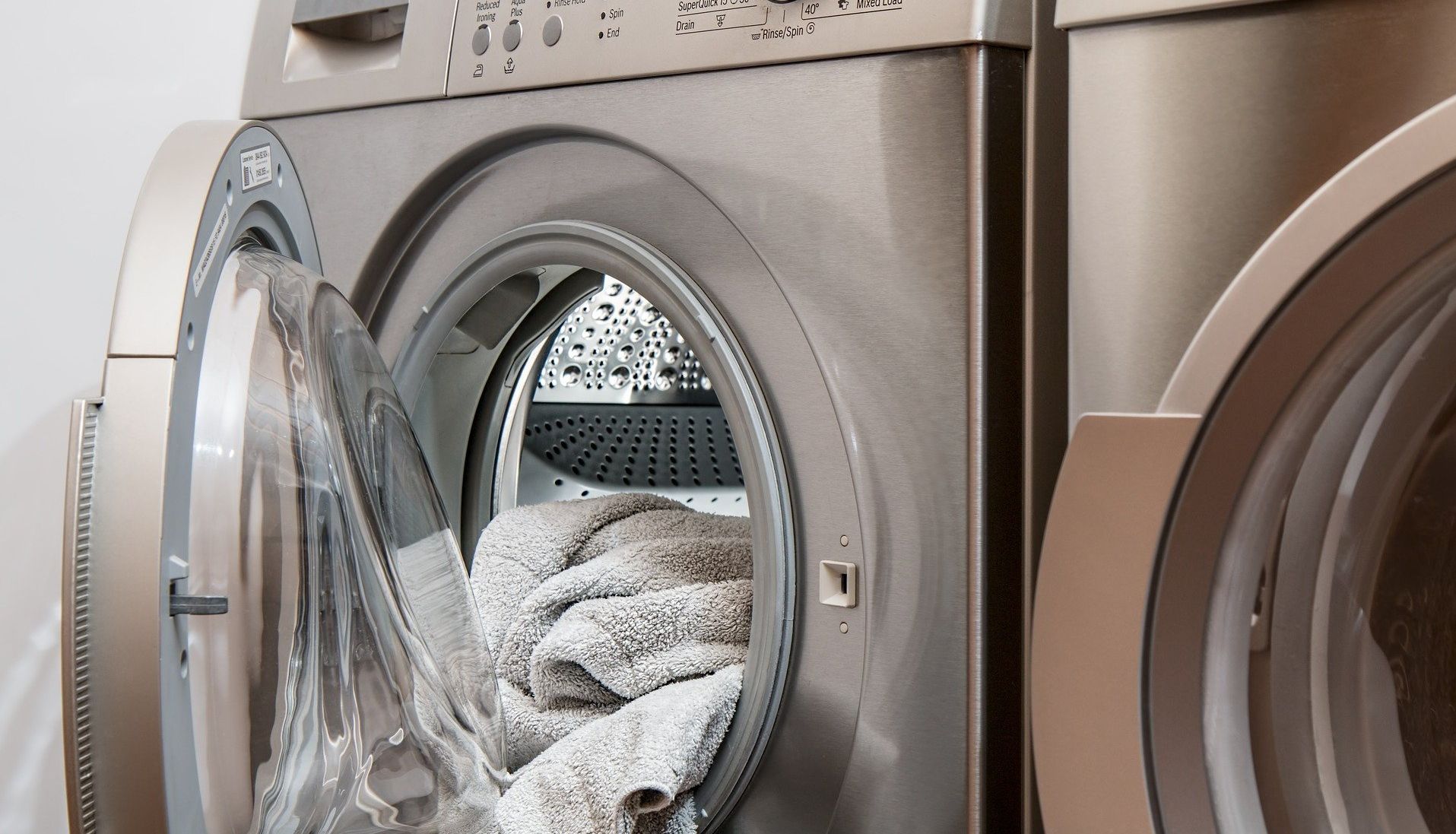
While it may seem super convenient to get your clothes dried quickly using a tumble dryer, they can use up a lot of electricity simply because so much energy is needed to dry your clothes in the required amount of time.
Think about how hot your clothes are when the tumble dryer's just finished a cycle. Now, imagine that temperature is maintained for one, even two hours, and the constant spinning of the tumbler—pretty energy-intensive stuff.
Tumble dryers generally use around 75 kWh/month. If you're a New Yorker, for example, this would cost around $15 per month. If you're from California, for example, this would cost you around $17 per month. This is because the electricity price rates across the US differ quite drastically, depending on the state you're in.
On top of this, if you have a larger family or tend to wash your clothes more often in general, this will get higher and higher. So, be mindful of how many times you're throwing your laundry in the dryer every week. It might save you a few bucks.
2. Dishwashers
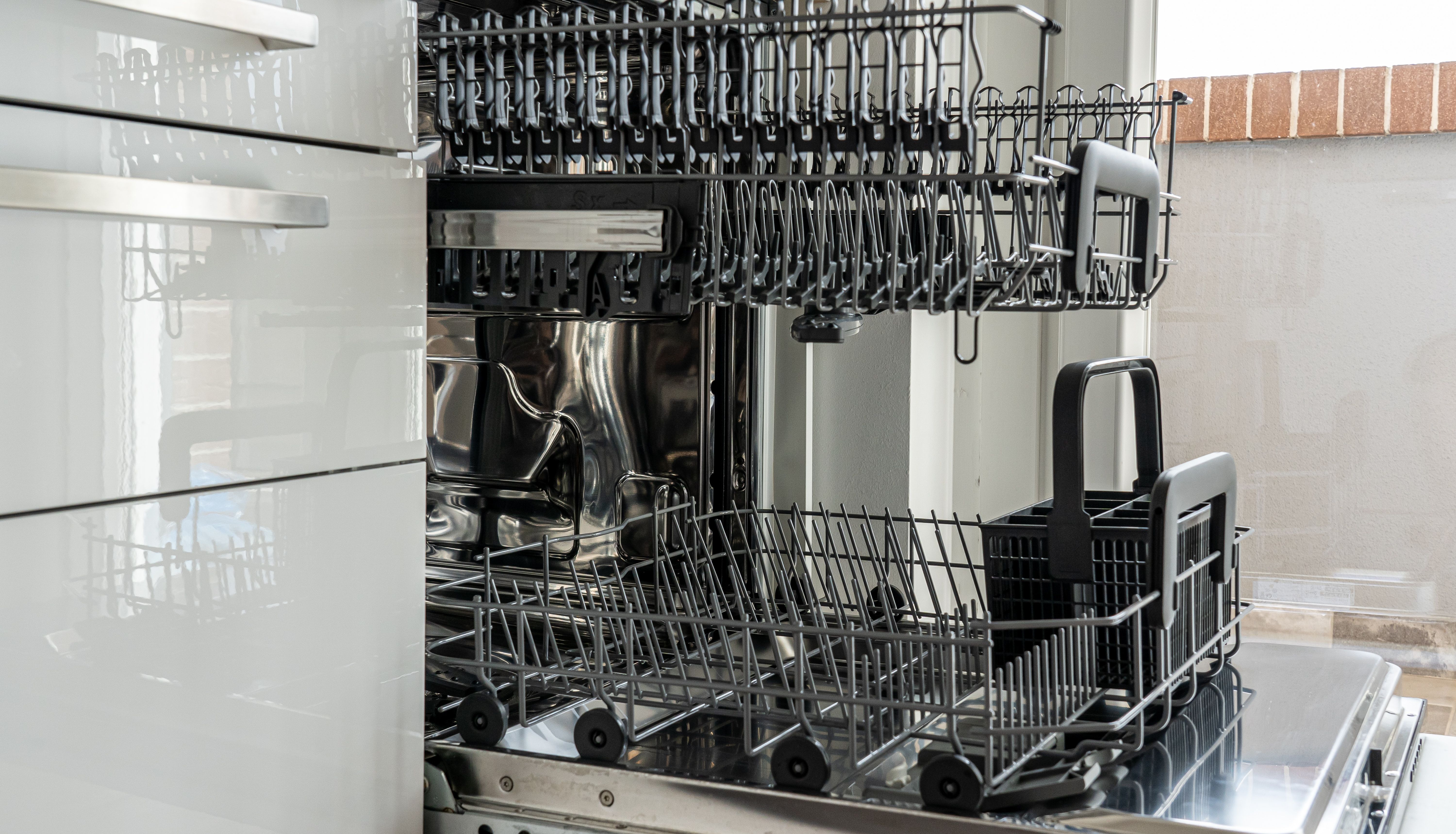
Dishwashers are another super convenient appliance that eats up electricity. Dishwashers are a miracle for those who just can't stand doing the dishes, but they can bump up the price of your monthly electricity bill quite significantly.
An average dishwasher uses around 1.8kwh per hour-long cycle. So, if you use your dishwasher on a daily basis like many people choose to, it will cost you between $7 and $14 on average per month, depending on whether you choose a one- or two-hour cycle.
Again, this will change depending on your home state, but the fact still stands that dishwashers can be pretty greedy when it comes to electricity usage, so you might want to take a deep breath and hand-wash those dishes every once in a while.
Alternatively, you could also select the 'eco' setting on your dishwasher for each cycle, as this requires a lower water temperature and, therefore, less energy to heat the water.
3. Water Heaters
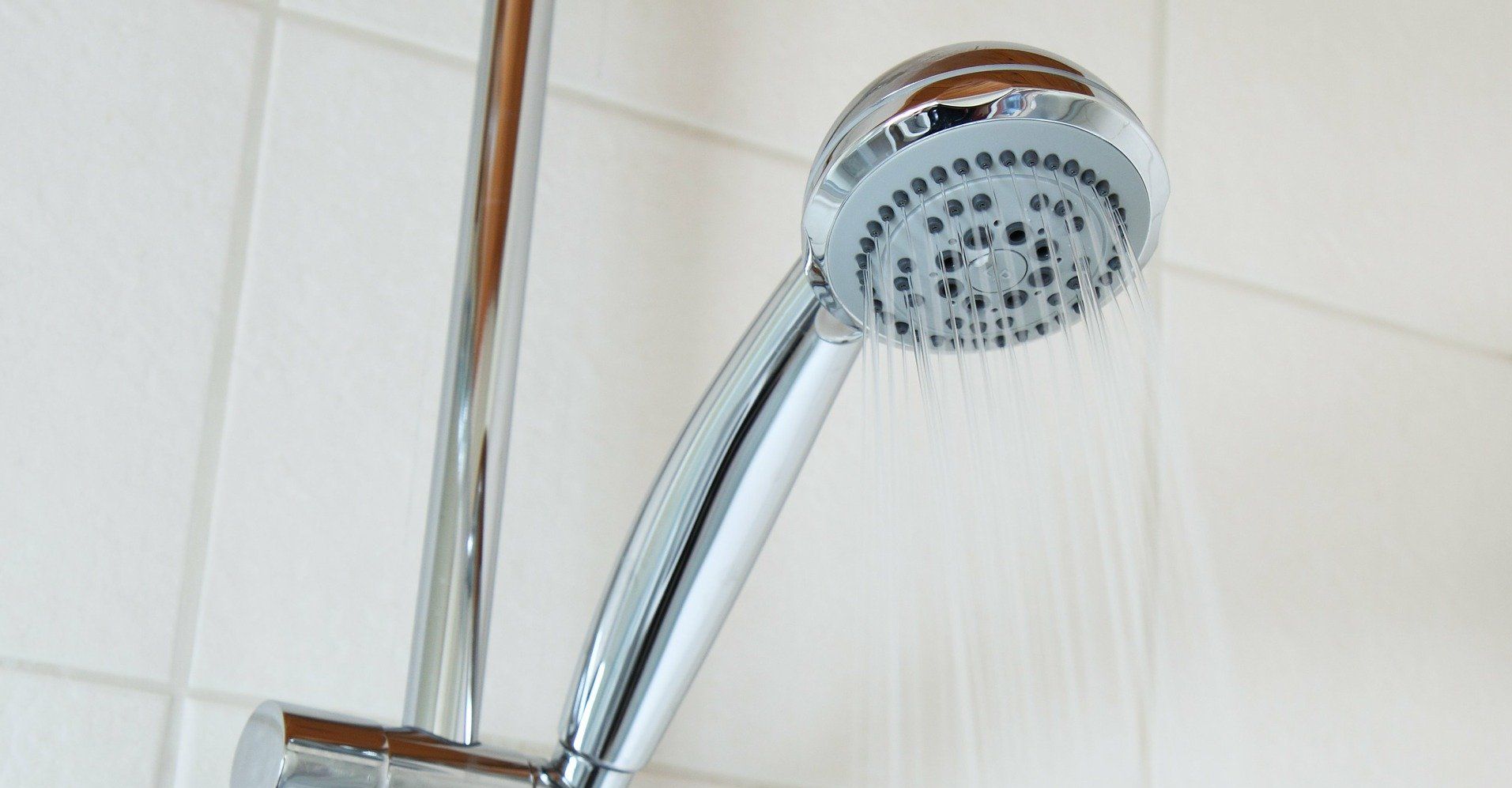
No one likes a cold shower. That's why water heaters are such a blessing. However, it takes a lot of energy to heat a full water tank, making water heaters another noteworthy electricity guzzler.
In an average month, a US citizen will spend about $46.80 on electricity, just for the water heater, which comes in at about $1.56 per day. So, in a year, you could be spending $561 on your water heater alone. And, don't forget, this is just an average. If you're taking more than one shower a day or taking multiple baths a week, this cost will certainly increase.
A key tip for reducing the price of your water heater usage is to only turn it on an hour or two before you'll be needing hot water. You can do this manually or set a timer using your water heater's display to ensure that it is turned on and off at the appropriate times.
Alternatively, you could make use of your gym or swimming pool shower if you're already paying for a membership, as this will effectively cost you nothing at all!
4. Refrigerators
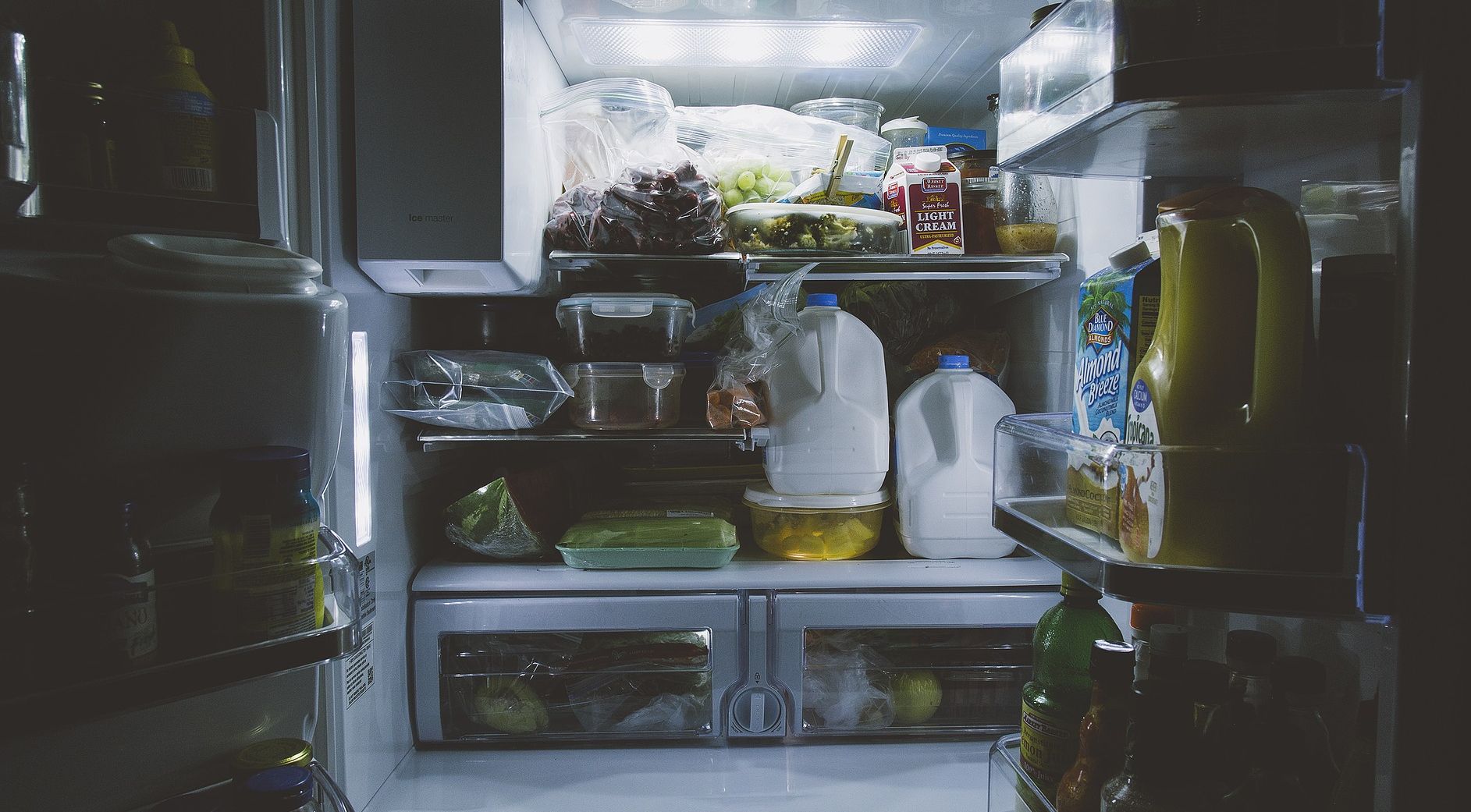
This is an appliance that you can't exactly switch on and off when you feel like it. While it may seem like refrigerators just sit still and do nothing all day, it requires a considerable amount of energy to keep the interior at such a low temperature.
On average, your traditional refrigerator-freezer combo will use about 38kwh of electricity daily (or around 1140kwh per month). As an American citizen, this will cost an average of $200 every year to keep your refrigerator going.
However, if you have a separate fridge and freezer, this price will likely increase. Though this may only be by a couple of dollars per month, it's important to be mindful of the energy-consumption differences of a fridge-freezer and a separate fridge and freezer.
If you're looking to reduce how much electricity your refrigerator uses up, there are a few little things you can try. Firstly, ensure your fridge's door seals are always intact, as this can heighten the temperature of your fridge.
Secondly, try not to leave your refrigerator open for too long. You wouldn't think it, but this can also increase the temperature inside, requiring more electricity to cool it back down again. Thirdly, don't put hot leftovers in the fridge! Always wait for them to cool down to room temperature first, or your fridge's internal temperature could spike (but make sure to get your leftovers in the fridge within two hours!).
5. Air Conditioners
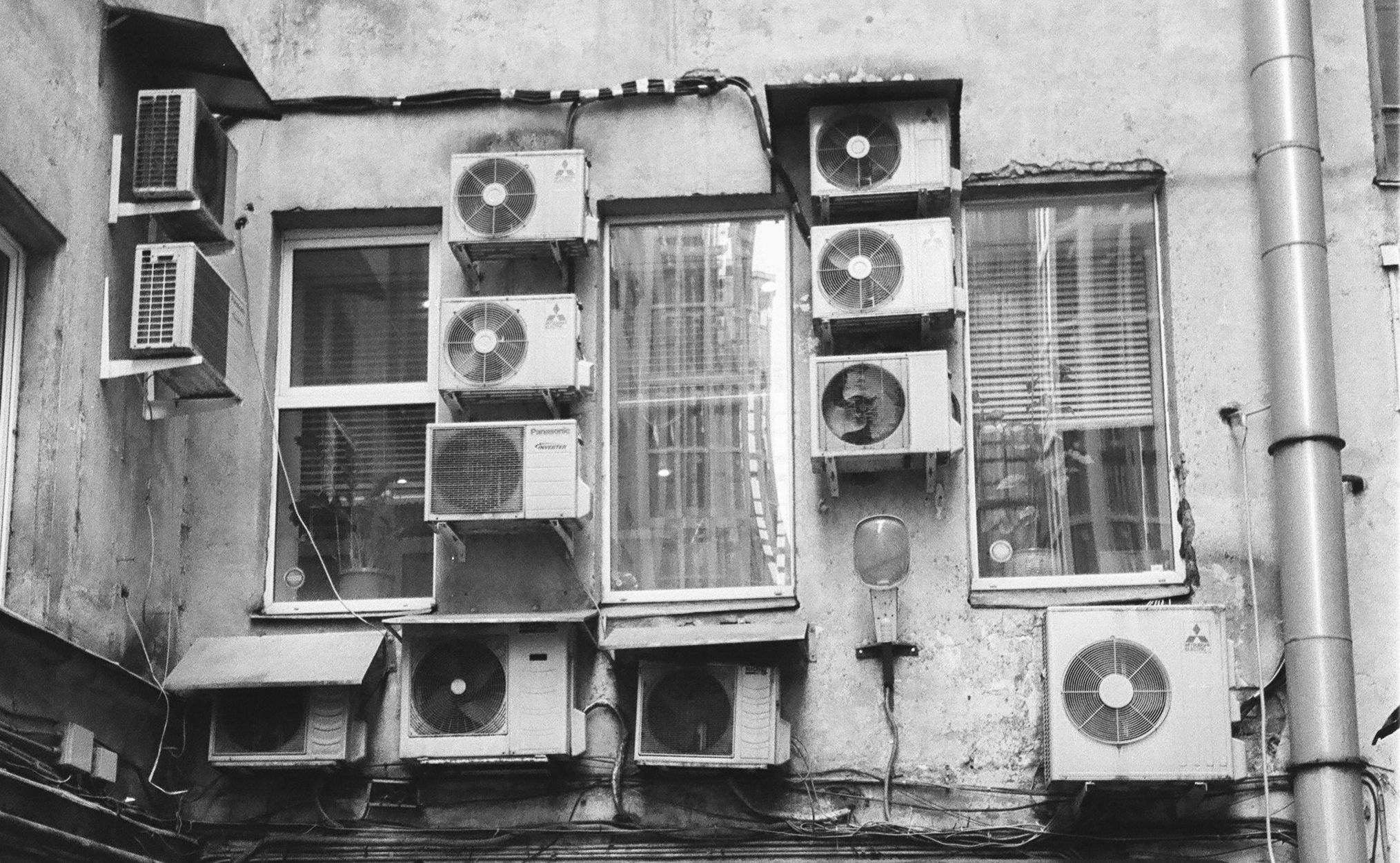
If you live in a particularly hot or humid area, it's easy to just keep the AC on as much as possible. Who wants to be sweating in their own home, right?
However, air conditioners require a lot of energy to function. An average air conditioner can use up to 45kwh of energy per day (if kept on for 9 or so hours). This equates to about four dollars daily, or $120 every month. This can, of course, increase even further if the AC is kept on all day and night, which is easily done in hot weather.
A key tip in reducing the electricity usage of your AC is to keep it off whenever you're not at home. Secondly, make use of the timer option on an AC. You can usually select how long you want the AC to run for when you turn it on. When you do this, be mindful. For example, if you're going to bed, only leave it on for an hour or so. You can always turn it back on again if you wake up and feel too hot.
Keeping An Eye On Your Energy Usage Is More Important Than You'd Think
If you're looking to reduce the price of your monthly electricity bill, or if you're simply trying to be a little more eco-conscious about your energy consumption, it helps to keep track of your energy usage. There are a number of energy tracking apps and electricity calculator apps that you can find on most app stores. These will help you keep your usage in check, and avoid an unwelcome price hike in your next bill.

0 Comments